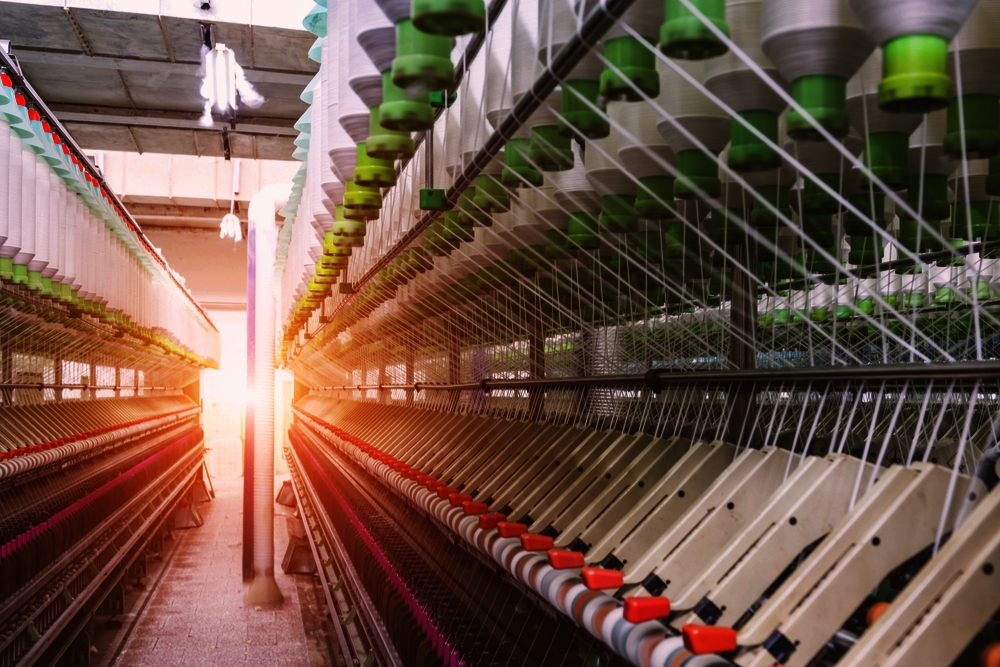7 Amazing Everyday Examples Of Nanotechnology In Action

Nanotechnology may seem like something out of the future, but in fact, many everyday products are already made using nanotechnology. Take these seven common products, for instance:
1. Sunscreen
Nanoparticles have been added to sunscreens for years to make them more effective. Two particular types of nanoparticles commonly added to sunscreen are titanium dioxide and zinc oxide. These tiny particles are not only highly effective at blocking UV radiation, they also feel lighter on the skin, which is why modern sunscreens are nowhere near as thick and gloopy as the sunscreens of thirty years ago.
2. Clothing
When used in textiles, nanoparticles of silica can help to create fabrics that repel water and other liquids. Silica can be added to fabrics either by being incorporated into the fabric’s weave or sprayed onto the surface of the fabric to create a waterproof or stainproof coating. So if you’ve ever noticed how liquid forms little beads on waterproof clothing – beads that simply roll off the fabric rather than being absorbed – that’s thanks to nanotechnology.
3. Furniture
In the same way that clothing can be made waterproof and stainproof through nanotechnology, so too can upholstered furniture. Even better, nanotechnology is also helping to make furniture less flammable; by coating the foam used in upholstered furniture with carbon nanofibers, manufacturers can reduce flammability by up to 35 percent.
4. Adhesives
Nanotechnology can also be used to optimize adhesives. Interestingly, most glues lose their stickiness at high temperatures, but a powerful “nano-glue” not only withstands high temperatures – it gets stronger as the surrounding temperature increases.
5. Coatings for car paintwork
We all know bird droppings can wreak havoc on car paintwork. To combat this, a company called Nanorepel has produced a high-performance nanocoating that can be used to protect your car’s paintwork from bird poop. The company also makes coatings to protect car upholstery from stains and spillages.
6. Tennis balls
Nanotechnology has found a range of applications in the world of sports equipment, with a couple of great examples coming from one of my favorite sports: tennis. Nanotechnology helps tennis balls keep their bounce for longer, and make tennis racquets stronger.
7. Computers
Without nanotechnology, we wouldn't have many of the electronics we use in everyday life. Intel is undoubtedly a leader in tiny computer processors, and the latest generation of Intel’s Core processor technology is a 10-nanometer chip. When you think a nanometer is one-billionth of a meter, that’s incredibly impressive!
Despite something sounding and often feeling like it is space-age science, nanotechnology already and will continue to contribute and shape hundreds of commercial products and services in the not-so-distant future.





